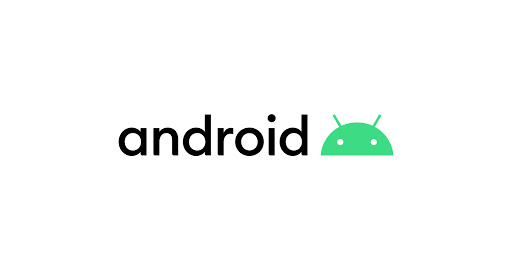


The Android platform includes an operating system based upon the Linux kernel, a GUI, a web browser and end-user applications that can be downloaded. Although the initial demonstrations of Android featured a generic QWERTY smartphone and large VGA screen, the operating system was written to run on relatively inexpensive handsets with conventional numeric keypads.
Android was released under the Apache v2 open source license, this allows for many variations of the OS to be developed for other devices, such as gaming consoles and digital cameras. Android is based on open source software, but most Android devices come preinstalled with a suite of proprietary software, such as Google Maps, YouTube, Google Chrome and Gmail.
Android began its life as a Palo Alto-based start-up company called Android Inc., in 2003. Originally, the company set out to develop an operating system for digital cameras, but it abandoned those efforts in lieu of reaching a broader market. Google acquired Android Inc. and its key employees in 2005 for at least $50 million. Google marketed the early mobile platform to handset manufacturers and mobile carriers with its major benefits as flexibility and upgradability.
Google was discreetly developing Android OS when Apple released the iPhone in 2007. Previous prototypes of an Android phone closely resembled a BlackBerry, with a physical keyboard and no touchscreen. The launch of the iPhone, however, changed the mobile computing market significantly and forced Android creators to support touchscreens more heavily. Nevertheless, the HTC Dream, which was the first commercially available smartphone to run Android OS, featured a QWERTY keyboard and was met with some critical reception during its 2008 release.
In late 2007, the Open Handset Alliance (OHA) announced its formation. The OHA was a coalition of more than 30 hardware, software and telecommunications companies, including Google, Qualcomm, Broadcom, HTC, Intel, Samsung, Motorola, Sprint, Texas Instruments and Japanese wireless carriers KDDI and NTT DoCoMo. The alliance's goal was to contribute to the development of the first open source platform for mobile devices.
Google released the public beta version of Android 1.0 for developers around the same time of the alliance's announcement, in November 2007. It wasn't until Google released Android 1.5 in April 2009 that Google introduced Android's signature dessert-themed naming scheme; the name of Android 1.5 was "Cupcake." Around the time of the release of Android 4.4 KitKat, Google released an official statement to explain the naming: "Since these devices make our lives so sweet, each Android version is named after a dessert." In 2019, however, Google abandoned the dessert names in a rebranding of Android; Android 10 is simply known as Android Q.
The default UI of Android relies on direct manipulation inputs such as tapping, swiping and pinching to initiate actions. The device provides haptic feedback to the user via alerts such as vibrations to respond to actions. If a user presses a navigation button, for example, the device vibrates.
When a user boots a device, Android OS displays the home screen, which is the primary navigation hub for Android devices and is comprised of widgets and app icons. Widgets are informational displays that automatically update content such as weather or news. The home screen display can differ based on the device manufacturer that is running the OS. Users can also choose different themes for the home screen via third-party apps on Google Play.
A status bar at the top of the home screen displays information about the device and its connectivity, such as the Wi-Fi network that the device is connected to or signal strength. Users can pull down the status bar with a swipe of a finger to view a notification screen. Android OS also includes features to save battery usage. The OS suspends applications that aren't in use to conserve battery power and CPU usage. Android includes memory management features that automatically close inactive processes stored in its memory.
Android runs on both of the most widely deployed cellular standards, GSM/HSDPA and CDMA/EV-DO. Android also supports:
Android Authority. 2020. The History Of Android: The Evolution Of The Biggest Mobile OS In The World. Available at:
Burrell, H., 2020. What Is Android? Tech Advisor. Available at: .